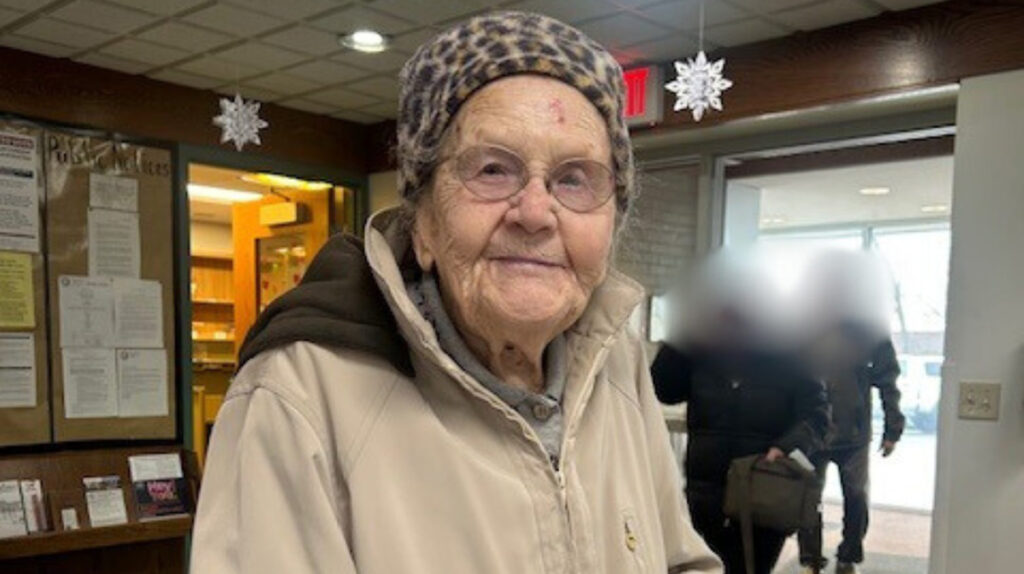In the new monthly feature, Library Passport, I Love Libraries will satisfy its neverending wanderlust by highlighting exceptional libraries from around the world. Grab your passport and join us!
The Stasjonsmesterboligen, or Station Master’s House, sits at the entrance to the scenic Aker Brygge area of Oslo across from the entrance to Norway’s National Museum. Dating to the 1920s, the stately cream-colored, three-floor building (which is also rumored to be haunted) was once a railway station. But now, it serves as the home to a very stylish tenant—the International Library of Fashion Research (ILFR).
The brainchild of fashion editor Elise By Olsen, ILFR houses more than 5,000 pieces of fashion-related printed materials: rare commercial printed matter, books, magazines, press releases, and ephemera like invitations, printed look books, and show notes. The designers, brands, and photographers featured in materials at ILFR are a who’s-who of the fashion world: Hermes, Balenciaga, Dior, Yves Saint Laurent, Stella McCartney, Yohji Yamamoto, Paul Smith, and more. The core of the collection was a gift from Olsen’s mentor, brand expert and cultural theorist Steven Mark Klein, who died in 2021.
“Fashion is one of our most significant cultural artefacts – an expression of our values and fascinations, and an impression of a moment in time with social, political, and economic dimensions,” By Olsen told AnOther Magazine. “Yet because much of its printed matter is created for commercial or informal ends, it rarely receives the thorough study it deserves.”
The commercial printed matter collected at IFRL was often of high quality and costly to produce, and it continues to have an influence that is far greater than its distribution ever was, according to Vogue. By Olsen says these pieces are parts of history that have continued life. “What’s interesting for me is to see that fashion printed matter has essentially been incredibly important within visual culture,” Olsen told Vogue.
By Olsen told Vogue that she is “using the past in order to create a desired future” with IFRL, and digitization of the materials for wider access is essential. As such, the museum’s website is a fascinating visual history of fashion’s changing faces, styles, and influences. It also includes an online editorial section which is “an evolving selection of stories old and new illuminating different perspectives on the mediation and production of fashion, curated by the Library and friends.”
The IFRL website is a wonder, but to fully appreciate the library’s collection, an onsite visit is necessary, says By Olsen.
“Printed matter in general is tangible, collectible, and sensible; an antidote to the fast-paced media cycles of the present,” she told AnOther Magazine. “In the Library, where we have had lots of young students grappling with the material, they are incredibly interested in stories and memories from the past, as a way of creating the future.”
If you’d like to learn more about libraries from around the world, look no further than the American Library Association’s (ALA) International Relations Office. The office’s mission is to increase ALA’s presence in the global library community and promote a greater understanding of international librarianship and international library issues, among other things. The office does a lot of cool stuff, like the Sister Library program, which helps U.S. libraries set up partnerships with libraries abroad. Check it out!
Photo: Magnus Gulliksen, courtesy of International Library of Fashion Research



